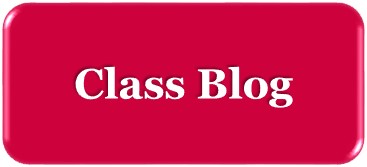Annual Themes
MSC03 2020
1 University of New Mexico
Albuquerque, NM 87131
Physical Location:
CERIA Building
Room 204
Phone: (505) 277-1358
Fax: (505) 277-1351
cookjose@unm.edu
MSC03 2020
1 University of New Mexico
Albuquerque, NM 87131
Physical Location:
CERIA Building
Room 204
Phone: (505) 277-1358
Fax: (505) 277-1351
cookjose@unm.edu
 Communication between fields is important within science but there also is a greater need for interdisciplinary exchange between biologists, artists, historians, and other researchers to share resources and methods for building collective knowledge. Such collaborations help identify the ties between cultural history and natural history, as we pose new questions and foster a more expansive approach to answering these questions by connecting their diverse histories. Collections can help foster the development of creativity, generative thinking, and rigorous inquiry that will be required of future leaders in research and practice. While scientific education and research offer rigorous methods for creating new knowledge, arts education and practice provide the tools to foster exploration. This semester’s seminar aims to begin this cross-disciplinary journey.
Communication between fields is important within science but there also is a greater need for interdisciplinary exchange between biologists, artists, historians, and other researchers to share resources and methods for building collective knowledge. Such collaborations help identify the ties between cultural history and natural history, as we pose new questions and foster a more expansive approach to answering these questions by connecting their diverse histories. Collections can help foster the development of creativity, generative thinking, and rigorous inquiry that will be required of future leaders in research and practice. While scientific education and research offer rigorous methods for creating new knowledge, arts education and practice provide the tools to foster exploration. This semester’s seminar aims to begin this cross-disciplinary journey.
The Spring 2012 seminar was joint venture with the Art and Ecology program at University of New Mexico. Course participants are at University of New Mexico, University of California, Berkeley, and University of Alaska, Fairbanks and we interacted using video teleconferencing and on-line resources (e.g., blogs). Because the theme is geographic variation, the course is developing collaborative projects with artists, biologists, and others, to create dispersion (educational) modules on three topics: Island Biogeography, Climate Change, and Vocalization and Geographic Variation.
 Space for posting thoughts, ideas, references, resources, and works. The theme of our seminar and workshop series is "Morphology and Geographic Variation." With the natural history collection as our starting point, we'll hear from scientists, artists, designers, programmers, musicians, and more on place-based study. Part of AIM-UP, an NSF Research Coordination Network.
Space for posting thoughts, ideas, references, resources, and works. The theme of our seminar and workshop series is "Morphology and Geographic Variation." With the natural history collection as our starting point, we'll hear from scientists, artists, designers, programmers, musicians, and more on place-based study. Part of AIM-UP, an NSF Research Coordination Network.